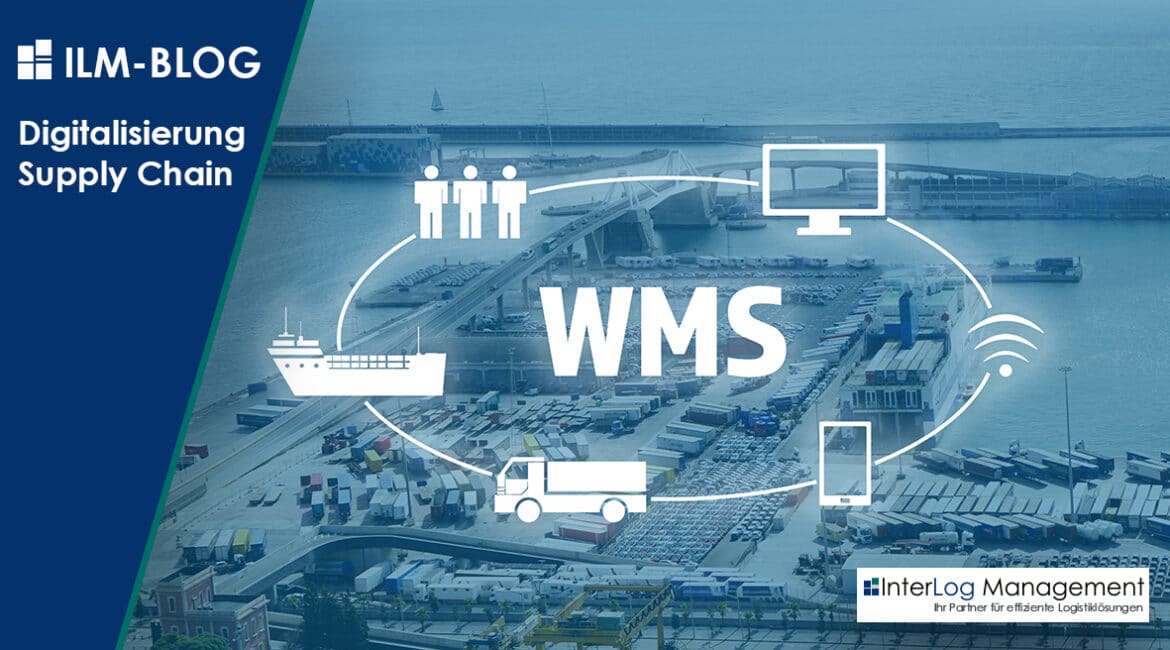Digitalization has long since entered the logistics arena and is a factor that is now indispensable.
Whether in the chemical & pharmaceutical industry, retail or e‑commerce: carriers & logistics service providers are increasingly becoming strategic partners and must provide ever more extensive networking and deeper integration into their customers’ supply chains. Because this step brings decisive cost advantages for their customers.
Transporters & logistics service providers who start here and can connect to their customers’ planning systems with powerful IT and functioning IT interfaces benefit from long-term business perspectives. This increases mutual data quality and reduces error rates. The employees are relieved by the digitalized information and efficiency increases. Another significant benefit is the planning values, simulations and reporting that have become possible thanks to the IT interface.
To make this possible, the focus must always be on the further development and optimization of the system system landscape. This requires a detailed analysis of the IT system landscape as the basis for the strategic alignment of the IT systems, as well as a detailed process definition.
Visibility across the supply chain
Companies will increasingly focus on regional storage again. This is in line with the trend of creating more regional warehouses, but also more rationalized ones. This means that they will be able to deliver locally, while still having global visibility across the supply chain.
However, this presents a challenge, as there is a shortage of skilled workers on the one hand, and existing warehouses have a low level of rationalization and automation on the other. At the same time, more attention must be paid to the virtualization of warehouses. In the future, all intralogistics machines should be able to exchange their status in real time with each other and with the warehouse management system.
In our estimation and experience, the standardization of protocols and IoT interfaces is still missing. The manufacturers in the intralogistics industry in particular are under great pressure to agree on a standard IoT protocol as soon as possible. This would enable the various trades to understand each other and the avalanche be understood within minutes during commissioning, and would eliminate the need for complex interface programming.

